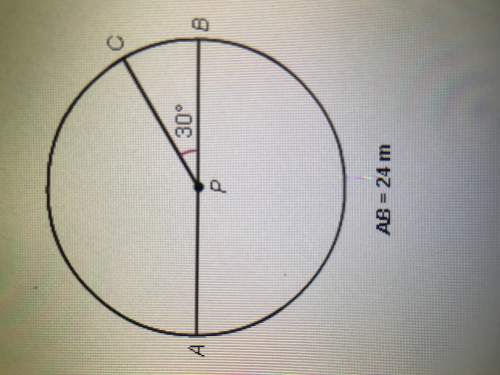
Mathematics, 03.11.2020 19:10 brandytyler317fries
Match the sets of points representing one-to-one functions with the sets of points representing their inverse functions.
Tiles
h = {(1,1), (2,2), (3,3), (4,4), (5,5), (6,6)}
g = {(1,3), (2,6), (3,9), (4,12), (5,15), (6,18)}
f = {(1,2), (2,3), (3,4), (4,5), (5,6), (6,7)}
i = {(1,1), (2,3), (3,5), (4,7), (5,9), (6,11)}
Pairs
h-1 = {(1,1), (2,2), (3,3), (4,4), (5,5), (6,6)}
i -1 = {(1,1), (3,2), (5,3), (7,4), (9,5), (11,6)}
g-1 = {(3,1), (6,2), (9,3), (12,4), (15,5), (18,6)}
f -1 = {(2,1), (3,2), (4,3), (5,4), (6,5), (7,6)}

Answers: 3


Another question on Mathematics

Mathematics, 21.06.2019 14:00
(hurry! ) which expression is equivalent to the following complex fraction?
Answers: 1


Mathematics, 21.06.2019 21:00
In the field of thermodynamics, rankine is the unit used to measure temperature. one can convert temperature from celsius into rankine using the formula , what is the temperature in celsius corresponding to r degrees rankine? a. 9/5(c - 273) b. 9/5(c + 273) c. 5/9( c - 273) d. 5/9( c + 273)
Answers: 1

Mathematics, 21.06.2019 22:00
Write an inequality for this description. - one fourth of the opposite of the difference of five and a number is less than twenty.
Answers: 1
You know the right answer?
Match the sets of points representing one-to-one functions with the sets of points representing thei...
Questions


Geography, 01.10.2019 10:50

Mathematics, 01.10.2019 10:50



Mathematics, 01.10.2019 10:50

History, 01.10.2019 10:50

Mathematics, 01.10.2019 10:50



Spanish, 01.10.2019 10:50


History, 01.10.2019 10:50



Chemistry, 01.10.2019 10:50

Biology, 01.10.2019 10:50


Health, 01.10.2019 11:00




